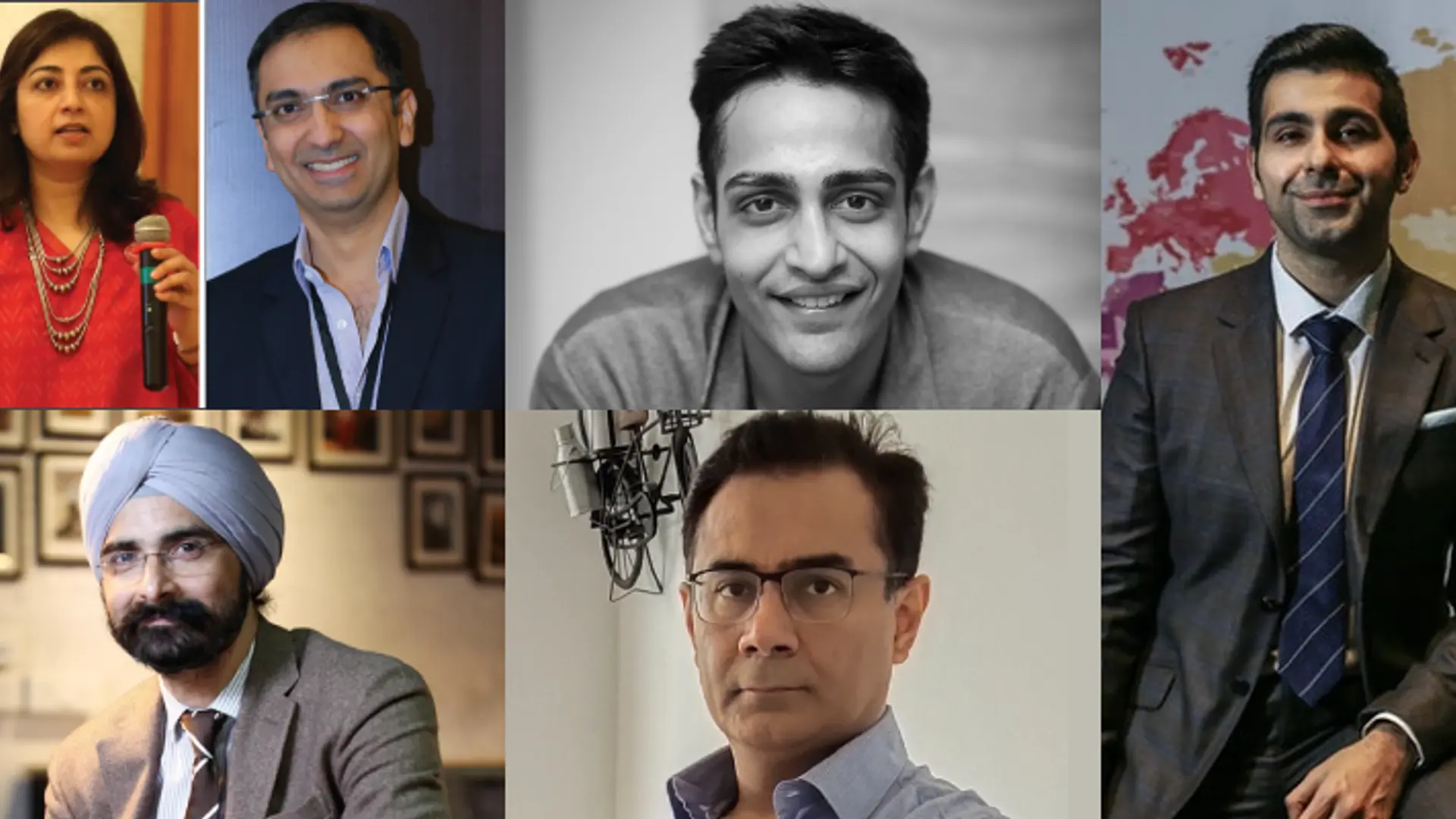MSMEs have the potential to power India’s goal to become a $5T economy by 2025
While MSMEs are contributing about 30% to the country’s GDP, the sector continues to lack institutional support and avenues for upskilling, which will assist them in their growth journeys.
There is no doubt about the fact that micro, small, and medium enterprises (MSMEs) are the very fulcrum on which India’s economy rests, and the government on its part is undertaking initiatives to make the sector more robust to stand the test of time.
If India is to realise its ambition of becoming a self-reliant, $5 trillion economy, the MSME sector cannot be ignored. As per a KPMG November 2022 report on non-banking financial companies (NBFCs) and housing finance companies (HFCs), India’s MSME sector has played a crucial role in making the country the world’s fifth largest economy.
To put things into perspective, MSMEs across sectors such technology, apparel, retail, fashion, food, agribusiness, interiors & home décor, tourism, fashion, etc., have displayed tremendous pliability during the pandemic and has become a prime driver for the nation’s economic recovery.
However, according to the data shared by the government, even though there are around 63.8 million MSMEs bringing in over 111 million jobs, contributing 30% to the country’s GDP and accounting for 48% exports, the sector continues to lack in terms of institutional support and avenues for upskilling, which will assist them in their growth journeys.
The biggest challenge that MSMEs in the country face is the lack of access to formal credit. Only around 16% of MSMEs get access to loans from banks, while the rest has to rely on informal sectors or kins. MSMEs currently require around ₹25.8 lakh crore formal credit. Here, fintechs are playing an instrumental role in providing easy loans leveraging innovative technologies to help MSMEs to start and run their operations. In fact, the digital lending market is projected to reach $350 billion by the end of 2023.
The government on its part is also undertaking initiatives such as the restructuring of the Credit Guarantee Scheme and complete integration of Udyam, e-Shram, and National Career Service and ASEEM portals. Similarly, it has also provided non-tax benefits for MSMEs for up to three years.
The government should also look at expanding its production-linked incentive (PLI) scheme to bring MSMEs under the fold if it truly wants to become Aatmanirbhar. Such a scheme would ensure that MSMEs get incentives on the sale of their products and services manufactured locally.
Likewise, it would also encourage indigenous companies to augment their domestic production and manufacturing, thereby cutting down on imports, reducing dependency in China, while absorbing the rising workforce. India currently has a huge import bill, and therefore a dedicated PLI scheme for MSMEs will bolster domestic manufacturing and pave the journey towards self-reliance. So far, only large corporates enjoy the benefits of PLI, which anyways get lot of benefits like tax breaks etc.
The government can also consider introducing Employment-Linked Incentive Scheme, where MSMEs can be incentivised basis the employment they generate, imports they substitute and exports they enable.
In the upcoming budget, the government is considering to allow digital banks for small businesses to meet the credit shortage faced by more than 60 million MSMEs, which has no other option than to reach out to informal sectors such as moneylenders, chit funds, or unlawful loan disbursal apps for meeting their capital needs. Even though the RBI has extended priority sector lending guidelines, MSMEs are not getting adequate credit from traditional banks, owing to their heterogeneity and uniqueness of credit needs. Therefore, digital lending will play a decisive role making it easier for small entrepreneurs get access to the finance they need from regulated channels.
Many also opine that sometimes MSMEs need to pay a staggering 48% annual interest rate for money borrowed from the informal sector and therefore, to efficiently run business with thin margins of 15-20% becomes impossible, considering such higher loan prices.
The author is the CEO and Co-founder, Biz2Credit and Biz2X
Edited by Megha Reddy
(Disclaimer: The views and opinions expressed in this article are those of the author and do not necessarily reflect the views of YourStory.)







